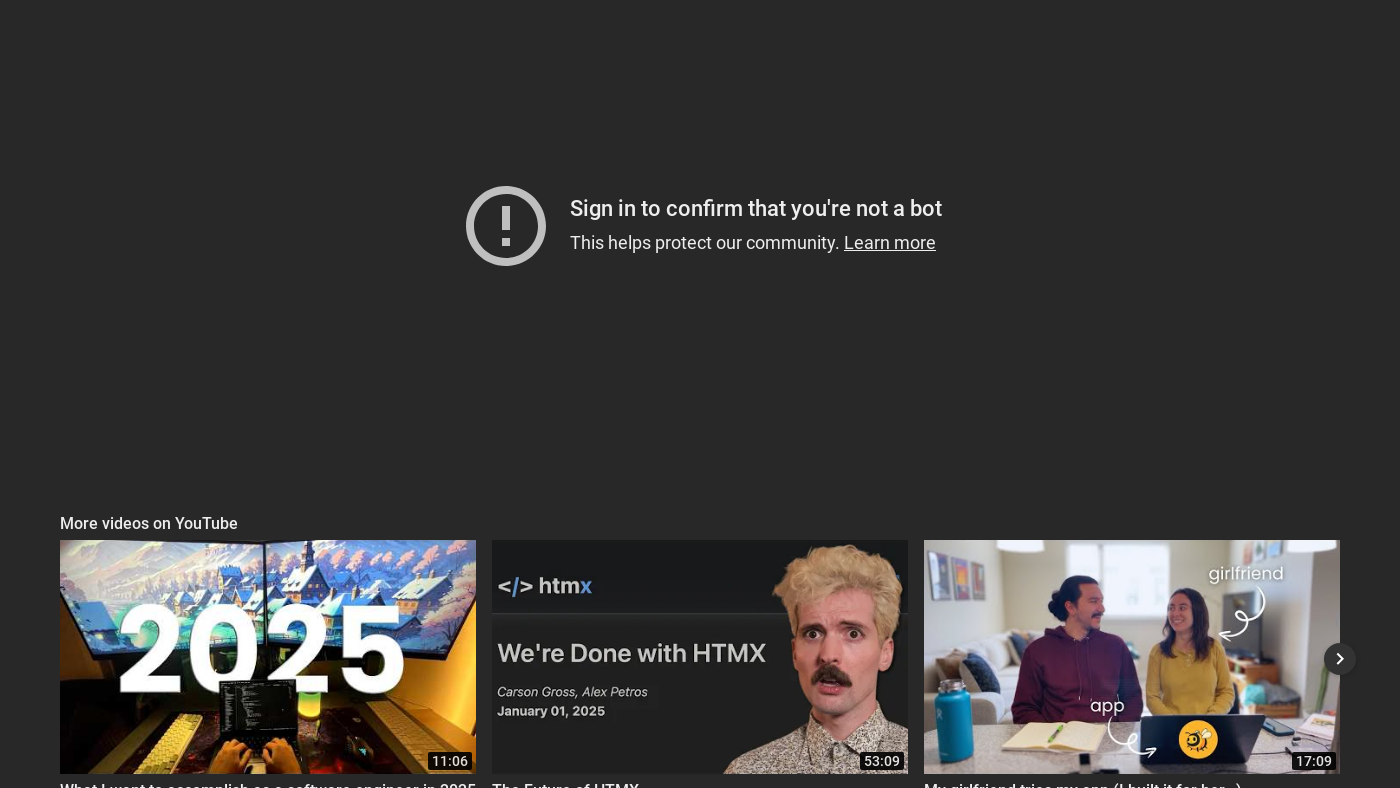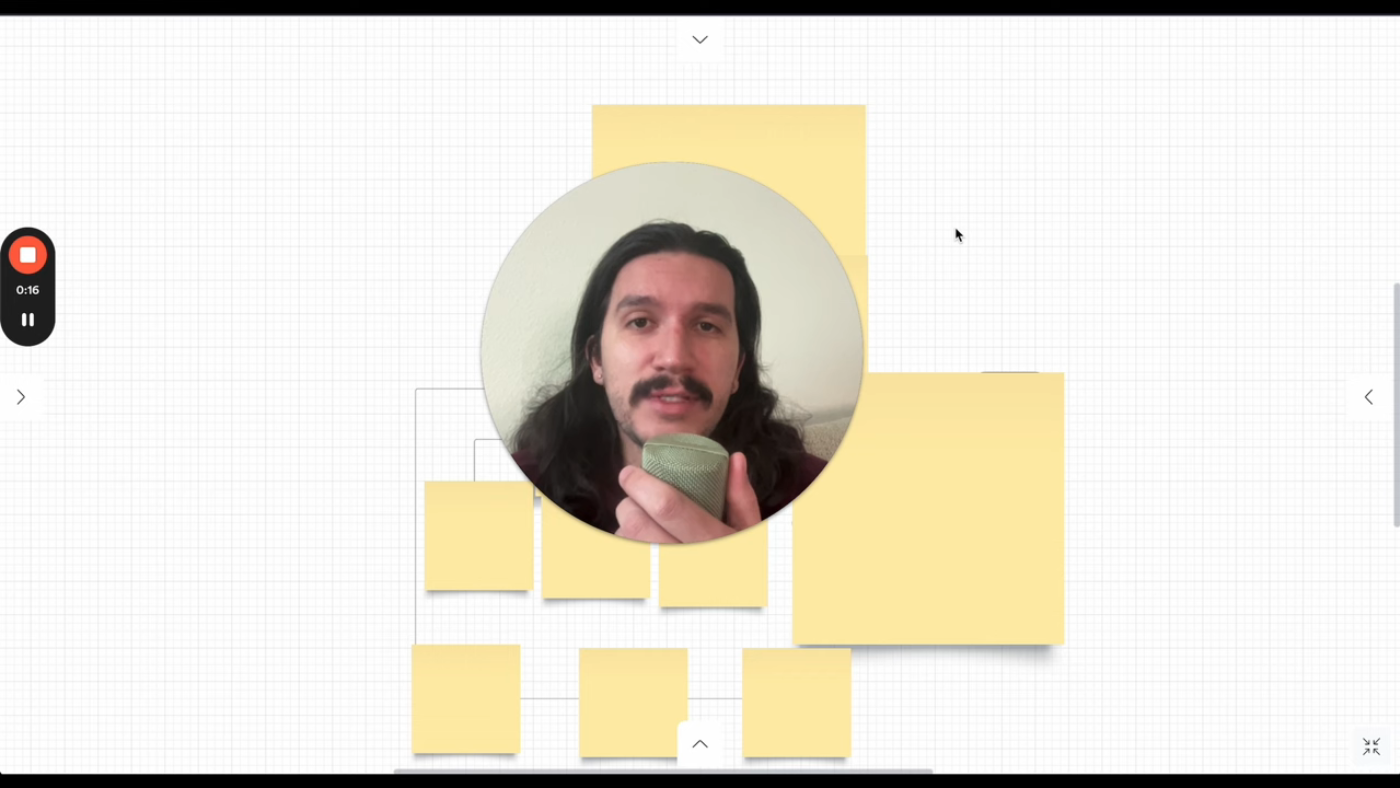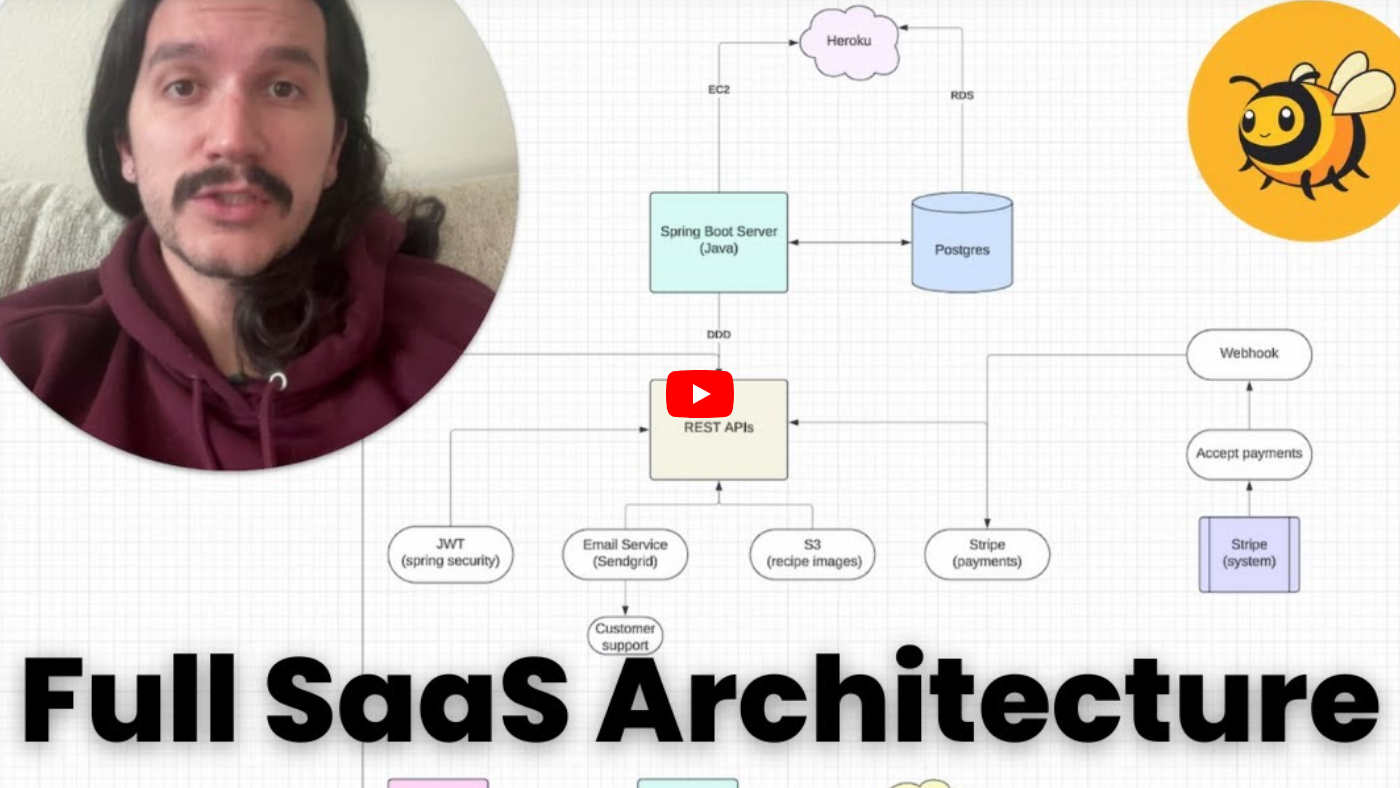Building a SaaS Web Application: My Journey with Dinner Bee
Dinner Bee is a web application designed to help couples, roommates, or anyone living together to plan their meals effectively throughout the week. In this article, we will delve into the development process of Dinner Bee, exploring the technologies used, deployment strategies, and lessons learned along the way.
Introduction to Dinner Bee
 Introduction to Dinner Bee, a web application for meal planning
The idea behind Dinner Bee is to provide a simple and efficient way for individuals living together to plan and manage their meals. This involves creating a platform where users can easily add, remove, and organize their meals for the week.
Introduction to Dinner Bee, a web application for meal planning
The idea behind Dinner Bee is to provide a simple and efficient way for individuals living together to plan and manage their meals. This involves creating a platform where users can easily add, remove, and organize their meals for the week.
Building the Application
 Building the Dinner Bee application
The application was built using Spring Boot as the backend framework and PostgreSQL as the database. This combination provided a robust and scalable foundation for the application. The choice of technologies was largely influenced by the need for familiarity and optimal results.
Building the Dinner Bee application
The application was built using Spring Boot as the backend framework and PostgreSQL as the database. This combination provided a robust and scalable foundation for the application. The choice of technologies was largely influenced by the need for familiarity and optimal results.
Deployment on Heroku
The application was deployed on Heroku, which offered an efficient and streamlined deployment process. Heroku's automated build and deployment features made it an ideal choice for hosting Dinner Bee. The deployment process involved creating a Heroku account, setting up the application repository, and configuring the environment variables.
Structuring the Project
The project was structured using REST APIs and services, which provided a clear and organized architecture. This structure enabled easy maintenance and scalability of the application. The use of REST APIs also facilitated communication between the frontend and backend components.
Customer Support and SLA Commitment
Customer support is a crucial aspect of any application, and Dinner Bee is no exception. The application uses SendGrid for sending emails and notifications to users. This ensures that users receive timely updates and support when needed. Additionally, the application has a Service Level Agreement (SLA) commitment, which guarantees a certain level of service quality and availability.
Stripe Integration for Payments
Dinner Bee also integrates with Stripe for payment processing. This allows users to securely make payments for premium features or subscriptions. The Stripe integration was straightforward and provided a seamless payment experience for users.
Future Outsourcing Plans
As Dinner Bee continues to grow, there are plans to outsource certain aspects of the application. This may include outsourcing development tasks or customer support. Outsourcing will enable the application to scale more efficiently and improve overall quality.
Conclusion
 Conclusion of the Dinner Bee application development journey
In conclusion, building Dinner Bee was a rewarding experience that involved careful planning, execution, and deployment. The application has come a long way, and there are plans for continued improvement and growth. As the developer, I am excited to see how Dinner Bee will evolve and provide value to its users. If you're interested in learning more about Dinner Bee, be sure to check out the link provided below. Thank you for reading, and I hope you found this article interesting and useful in understanding what it takes to build and deploy a web application.
Conclusion of the Dinner Bee application development journey
In conclusion, building Dinner Bee was a rewarding experience that involved careful planning, execution, and deployment. The application has come a long way, and there are plans for continued improvement and growth. As the developer, I am excited to see how Dinner Bee will evolve and provide value to its users. If you're interested in learning more about Dinner Bee, be sure to check out the link provided below. Thank you for reading, and I hope you found this article interesting and useful in understanding what it takes to build and deploy a web application.
